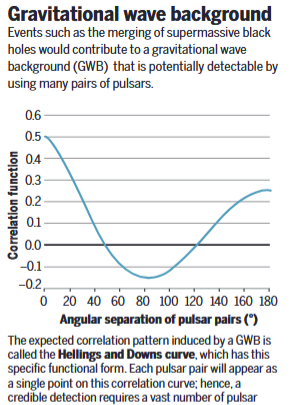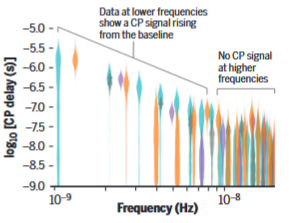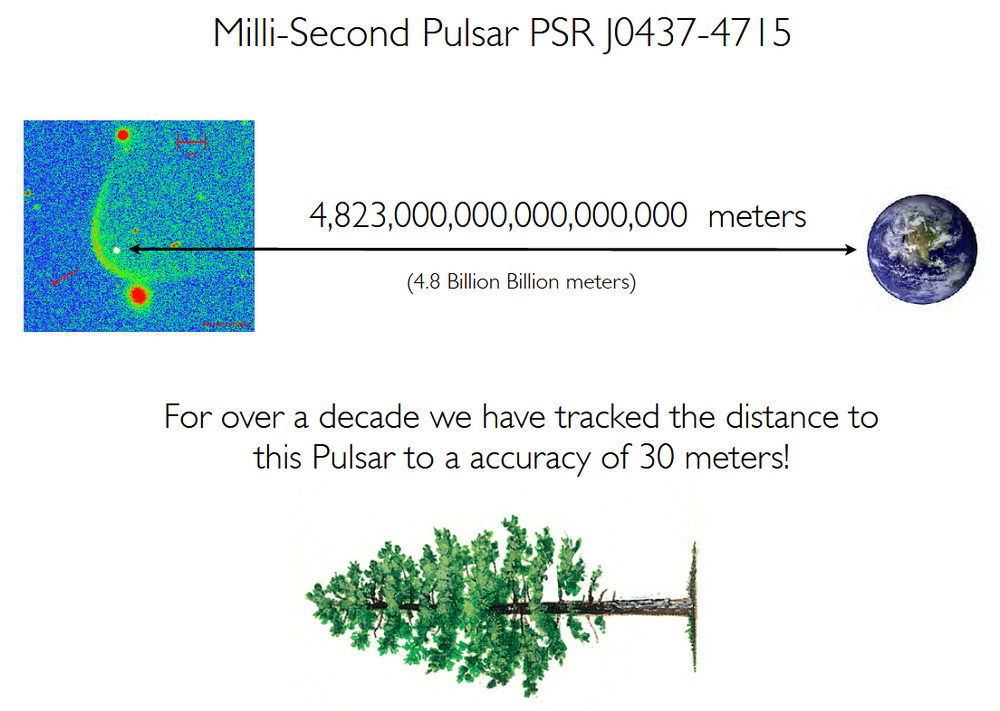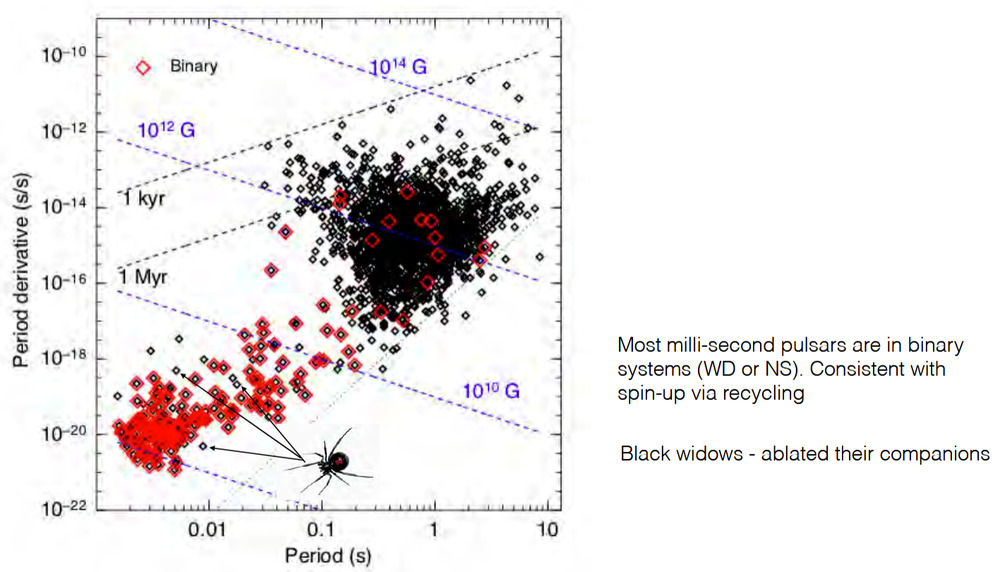Good to see that the Parkes radio telescope(s) are still giving us cutting-edge science.
https://www.benasque.org/2017gw/talks_contr/091_Benasque_Obs_IV.pdf
https://arxiv.org/ftp/arxiv/papers/2211/2211.05148.pdf
Gravitational waves are ripples in the fabric of spacetime that are caused by events such as the
merging of black holes. In principle, many types of events occur that could create gravitational waves
with frequencies ranging from as high as a few kilohertz to as low as a few nanohertz. Sources of
gravitational waves in the nanohertz frequency range include cosmic strings, quantum fluctuations
from the early Universe, and, notably, supermassive black hole binaries (SMBHBs). Some
gravitational wave sources are so numerous that they are all expected to contribute to a gravitational
wave background (GWB). This GWB has been the target of pulsar timing arrays (PTAs) for decades.
PTAs use the correlations between dozens of pulsar pairs to observe the GWB. Recently, the North
American Nanohertz Observatory for Gravitational Waves (NANOGrav) (1), the European Pulsar
Timing Array (EPTA) (2), the Parkes Pulsar Timing Array (PPTA) (3), and the International Pulsar
Timing Array (IPTA) (4) have all detected a low-frequency noise in their pulsar data, which may be
the first hint of the GWB (see the figure).
The common, low-frequency noise (also called red noise) that the PTAs have measured could be
due to the cosmic population of slowly evolving SMBHBs. These SMBHBs create gravitational waves
with periods of years to decades in their inspiral phase, which may last 25 million years.

Hints of this background show up as low-frequency
noise, found in PTAs. Evidence for a common process
(CP) red-noise signal in PTA data is highlighted by data
release (DR) 2 from the International PTA (IPTA), which
incorporates only 9 years of North American Nanohertz
Observatory for Gravitational Waves (NANOGrav) data.
Combining European PTA (EPTA) and Parkes PTA
(PPTA) data is equivalent to getting three additional
years of NANOGrav data.

Plant your trees sideways.

Remember to recycle your pulsars.
